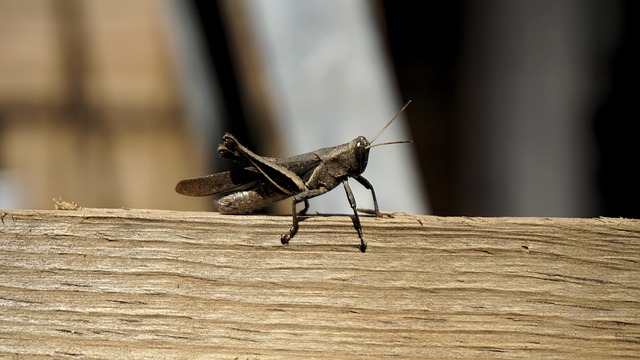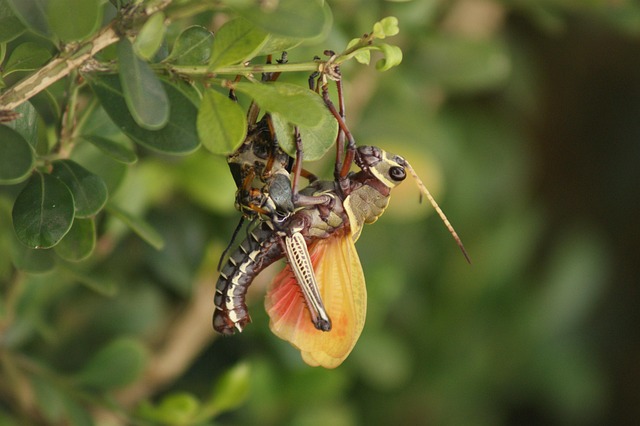Unleashing West Indies cricket team's potential involves a multi-faceted approach: grassroots engagement, targeted scouting, and structured development programs. This includes local tournaments, training camps, historical artifact exploration, coaching clinics, mentorship from legends, TV coverage, and performance tracking to nurture young prospects, aiming for international dominance.
Unleashing the potential of young cricketers is vital for the growth and success of regional cricket, especially with aspirations to rival the formidable West Indies cricket team. This article guides you through identifying and nurturing raw talent within your community. We’ll explore strategies such as organized scouting programs to discover promising players, and structured development initiatives to foster their skills. Additionally, we’ll emphasize the role of mentorship and performance tracking in shaping the next generation of exceptional cricketers.
- Uncovering Young Cricket Prospects in the Region
- Establishing a Structured Development Program
- Mentorship and Performance Tracking for Peak Potential
Uncovering Young Cricket Prospects in the Region

Uncovering Young Cricket Prospects in the Region
The search for the next generation of cricket stars begins by identifying promising young talent across the region. This process involves grassroots engagement and targeted scouting, ensuring that potential cricketers receive recognition early on. One effective strategy is to organize local tournaments and training camps, providing a platform for young athletes to showcase their skills. By fostering an environment that encourages participation and competition, it becomes easier to spot individuals with exceptional abilities—be it a dynamic batter with a powerful stroke play or a swift bowler capable of breaking the wicket-keeping records. The West Indies cricket team’s success has historically relied on unearthing these hidden gems, and so, keeping an eye out for raw talent is paramount.
In this quest, exploring various avenues brings rewarding results. Engaging with local sports clubs, schools, and community initiatives can lead to the discovery of hidden cricket enthusiasts. Additionally, collecting cricket artifacts from the region—old trophies, vintage equipment, or even memories shared by experienced players—can provide insights into the rich history and heritage of the sport, potentially uncovering passionate individuals eager to contribute to its growth. Even the study of statistical records, such as tracking the fastest bowler in West Indies history, can offer clues about current prodigies who might be waiting to burst onto the national stage. As one delves deeper, it becomes evident that nurturing young talent is not just about finding promising players but also about fostering a love for the game and ensuring they have access to resources through cricket holidays and tours or even meeting legendary figures like the longest-serving West Indies captain.
Establishing a Structured Development Program

To nurture young cricketing talent in the region, establishing a structured development program is paramount. This initiative should encompass age-group competitions, regular coaching clinics, and performance tracking systems to identify areas for improvement. By implementing such a program, aspiring cricketers can receive consistent guidance and exposure, mirroring the path of legends from the West Indies cricket team who rose through similar structures. Historical matches showcasing West Indies dominance, along with the achievements of its hall of fame members, serve as inspiration for young players.
The development program should also integrate regular feedback sessions, both formal and informal, to foster a growth mindset. Encouraging participation in local tournaments and providing opportunities for exposure to wider audiences, perhaps through TV coverage of Caribbean cricket tournaments, can significantly enhance their skills and confidence. Additionally, inviting former players, including the longest-serving West Indies captain, as mentors can offer invaluable insights into the game, instilling a deep sense of pride and purpose in these young athletes.
Mentorship and Performance Tracking for Peak Potential

Identifying and nurturing young cricketing talent requires a structured approach that combines mentorship with meticulous performance tracking. Mentors play a pivotal role in guiding aspiring cricketers, offering invaluable knowledge and skills to help them reach their peak potential. This process begins early, focusing on fundamental techniques such as batting, bowling, and fielding, laying the groundwork for future success on the international stage, even considering the grandeur of memorable victories for West Indies cricket grounds.
Performance tracking is an essential component that allows coaches and mentors to gauge progress objectively. By analysing each player’s strengths and weaknesses, they can tailor training programmes to refine skills and encourage consistent improvement. This data-driven approach not only helps in identifying future stars but also enables the development of strategies that could potentially lead to a new era of West Indies cricket dominance, even surpassing the historical matches that once echoed across these idyllic Caribbean fields. Diving catches in West Indies cricket holidays and tours can become mere memories for these young athletes as they strive for greatness, with their mentors by their side. Find us at iconic cricket grounds throughout the West Indies to witness this nurturing in action.
Identifying and nurturing young cricketing talent in the region is not just about developing future stars for the West Indies cricket team; it’s about fostering a love for the game, ensuring its longevity, and creating a structured pathway for aspiring athletes. By implementing a comprehensive program that includes systematic scouting, personalized mentorship, and advanced performance tracking, we can uncover hidden gems and nurture them into top-tier players. This approach not only benefits individual athletes but also strengthens the overall competitive edge of regional cricket.







Leave a Reply